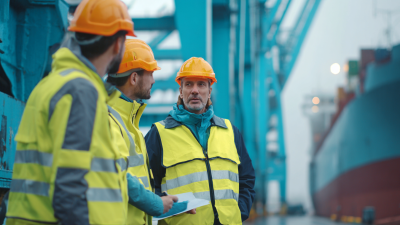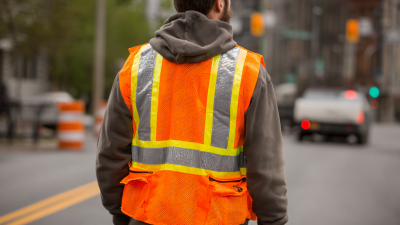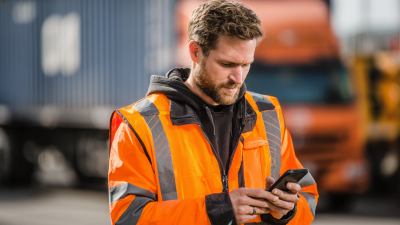The significance of safety vests for roadside workers cannot be overstated, as they play a pivotal role in reducing the risk of accidents in high-traffic environments. According to the Bureau of Labor Statistics, over 120 roadway construction workers were fatally injured in the United States in 2020, representing a disturbing trend in workplace safety. Safety vests are essential personal protective equipment (PPE) that enhance visibility, especially in low-light conditions or during inclement weather, effectively decreasing the chances of collisions.
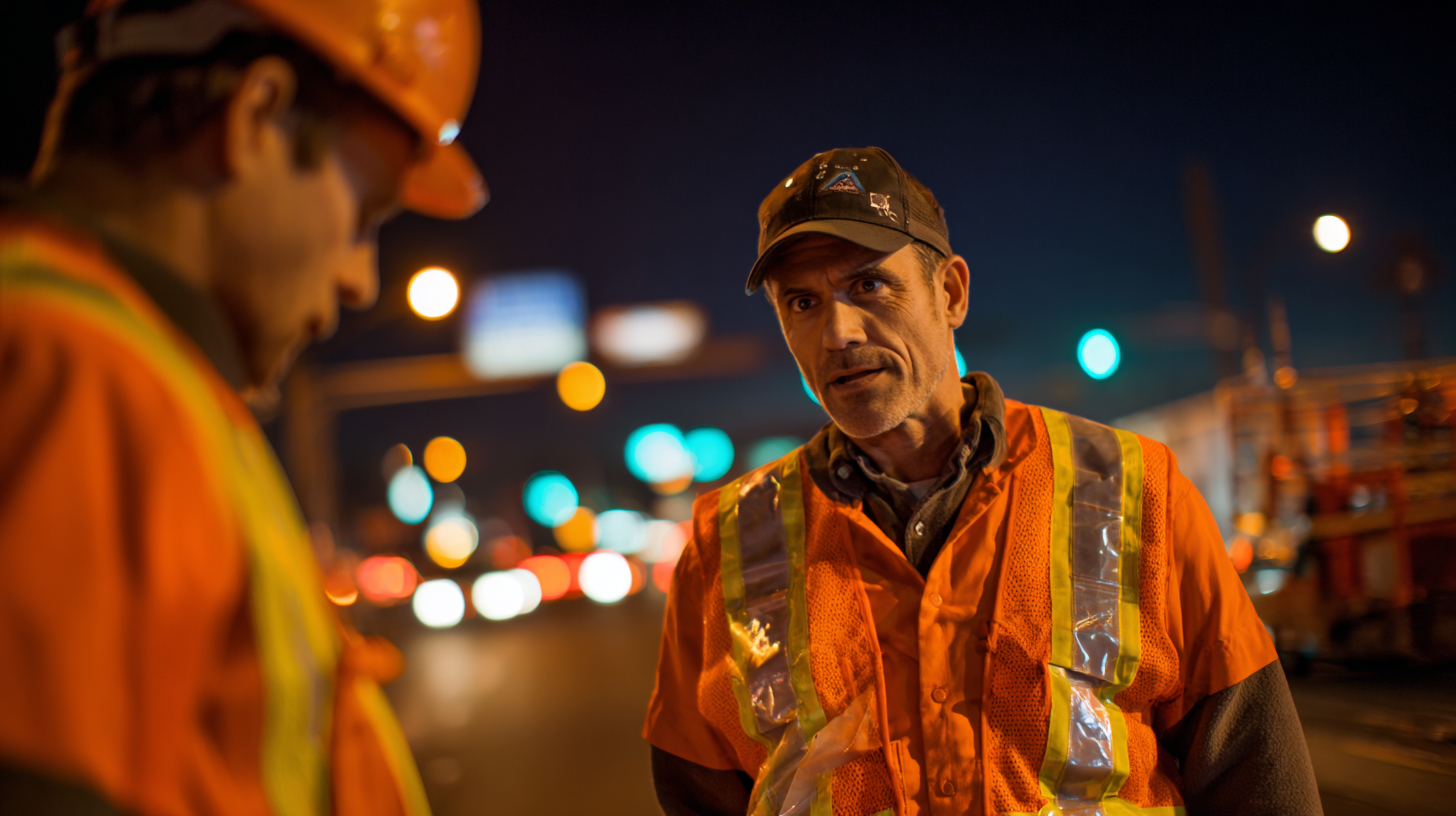 The American National Standards Institute (ANSI) has established guidelines ensuring that safety vests meet specific visibility requirements, which is crucial for roadside workers who often operate in dangerous proximity to moving vehicles. By understanding the importance of wearing safety vests, we can advocate for better safety practices and policies, ultimately safeguarding the lives of those who work tirelessly to maintain our infrastructure.
The American National Standards Institute (ANSI) has established guidelines ensuring that safety vests meet specific visibility requirements, which is crucial for roadside workers who often operate in dangerous proximity to moving vehicles. By understanding the importance of wearing safety vests, we can advocate for better safety practices and policies, ultimately safeguarding the lives of those who work tirelessly to maintain our infrastructure.
Roadside workers are often exposed to hazardous conditions that put their lives at risk. The use of high-visibility safety vests plays a crucial role in minimizing these dangers. According to the Occupational Safety and Health Administration (OSHA), appropriate use of high-visibility apparel can significantly reduce the risk of accidents. A study published in the American Journal of Public Health revealed that roadside workers wearing safety vests were 70% less likely to be involved in accidents compared to those without.
Safety vests not only enhance the visibility of workers but also serve as a signal to drivers, alerting them to potential hazards in the work zone. The Federal Highway Administration (FHWA) emphasizes that the effectiveness of safety vests is most pronounced in low-light conditions, where visibility can be compromised. In fact, data shows that nearly 30% of roadside incidents occur during twilight or night hours. Ensuring that all roadside personnel are equipped with safety vests that meet ANSI/ISEA standards can therefore be a vital step in protecting these workers from oncoming traffic and reducing roadside fatalities.
| Hazard Type | Safety Vest Requirement | Impact on Worker Safety | Statistical Data (%) |
|---|---|---|---|
| Traffic Accidents | High Visibility Vest Required | Reduces incidence of accidents | 60% |
| Low Visibility Conditions | Fluorescent/Reflective Vest Required | Enhances visibility in poor conditions | 70% |
| Night Work | Retroreflective Vest Required | Improves visibility to drivers | 80% |
| Construction Zones | Class 2 or 3 vests Required | Critical for worker safety | 75% |
| Emergency Response | High Visibility Vest Required | Protects responders in emergencies | 65% |
Roadside workers face significant risks while performing their duties, often exposed to fast-moving traffic. Key statistics reveal that roadway worker injuries have consistently remained high, with thousands of incidents reported each year. According to recent studies, approximately 20% of the fatalities in construction zones involve workers struck by vehicles. This alarming rate underscores the critical necessity for protective measures and highlights the role of clothing in ensuring worker safety.
High-visibility gear, particularly safety vests, serves as a fundamental element in reducing the likelihood of such accidents. Research indicates that wearing reflective apparel increases a worker's visibility by up to 300%, making them more noticeable to oncoming traffic. Moreover, the proper use of high-visibility gear can lead to a significant decrease in traffic-related injuries among roadside personnel. As such, investing in quality safety vests is not merely an option but a vital component of a comprehensive safety strategy for all workers on the road.

Safety vests play a crucial role in protecting roadside workers, particularly in environments where visibility is compromised. Regulatory standards for safety vests, such as those set by the American National Standards Institute (ANSI) and the Occupational Safety and Health Administration (OSHA), ensure that these garments meet specific criteria for color, visibility, and design. For instance, ANSI's Class 2 and Class 3 vests are required for workers operating in environments with low light conditions or near traffic speeds exceeding 25 mph, which drastically increases the likelihood of accidents. According to the National Institute for Occupational Safety and Health (NIOSH), wearing high-visibility clothing can reduce the risk of accidents by up to 40%, emphasizing the necessity of compliance with these regulations.
Additionally, safety vests must be constructed from materials that facilitate easy recognition by drivers approaching roadside work zones. The vest's retroreflective properties and bright colors, such as fluorescent orange or yellow-green, are meticulously regulated to enhance visibility both day and night. A report by the Bureau of Labor Statistics indicates that there were approximately 2,000 workplace fatalities in construction alone in 2020, many of which could have potentially been avoided through proper compliance with safety attire regulations. Ensuring that workers have access to compliant safety vests not only promotes individual worker protection but also fosters a culture of safety that is crucial in high-risk environments.
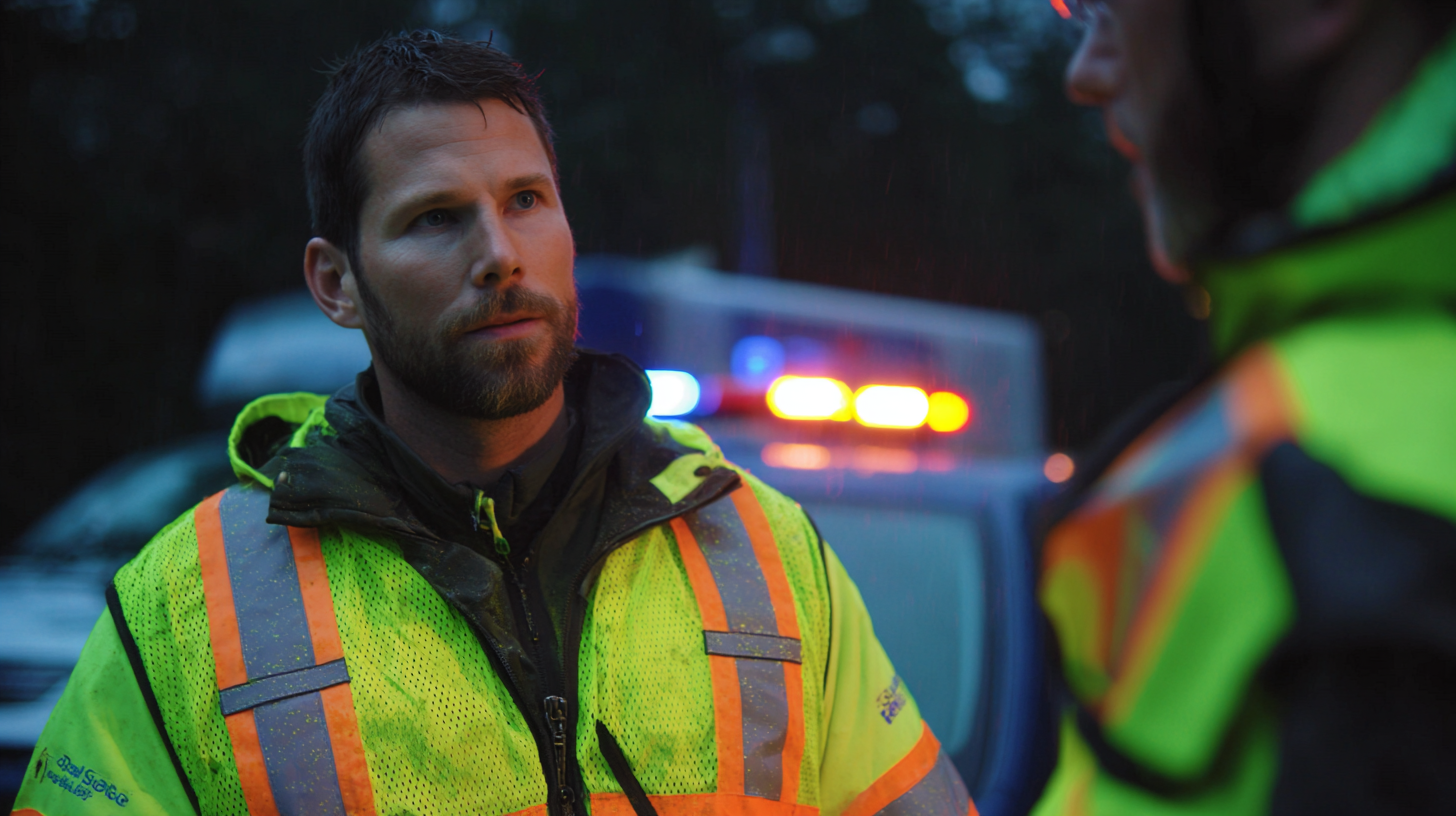
The design of safety vests plays a critical role in enhancing the visibility of roadside workers, directly contributing to their safety in high-traffic environments. According to the Federal Highway Administration (FHWA), visibility is a key factor in preventing accidents, with research indicating that more than 60% of all roadside fatalities involve workers, often due to being struck by vehicles. Safety vests are specifically engineered with bright colors such as fluorescent orange and yellow, which are proven to be highly visible in daylight conditions.
Reflectivity is another essential attribute of safety vests, especially for work that extends into low-light conditions. The American National Standards Institute (ANSI) sets strict guidelines for reflective materials used in these garments. Vests designed to meet ANSI Class 2 or Class 3 standards include reflective strips that help workers remain visible at a distance, which is vital when vehicles are approaching at high speeds. Studies have shown that the use of high-visibility clothing can reduce the risk of accidents by up to 50%, underscoring the importance of proper vest design in protecting those who work alongside busy roadways.
Safety vests play a crucial role in protecting roadside workers from potential hazards, especially in the context of road maintenance operations. According to the Bureau of Labor Statistics, highway maintenance workers face a risk of fatal injuries that is nearly five times higher than that of the average worker. One compelling case study from the National Institute for Occupational Safety and Health (NIOSH) highlighted a road crew that successfully reduced accident rates by 40% after implementing the use of high-visibility safety vests. This positive outcome demonstrates how proper visibility can lead to a safer working environment.
Tips for ensuring safety in road maintenance include not only wearing appropriate high-visibility vests but also making use of reflective gear during night operations. Additionally, workers should be trained on the importance of maintaining visibility in their surroundings, as distractions can lead to deadly consequences. Another effective strategy is to use a combination of colored vests and strategically placed signage to alert oncoming traffic about ongoing roadwork. This holistic approach can significantly enhance the safety of workers on the road.
Ultimately, these real-world case studies underscore the importance of safety vests, not just as a regulatory requirement but as an essential component of an effective safety strategy for roadside operations. Continued evaluation and enhancement of safety protocols are vital for reducing workplace injuries in this high-risk field.
